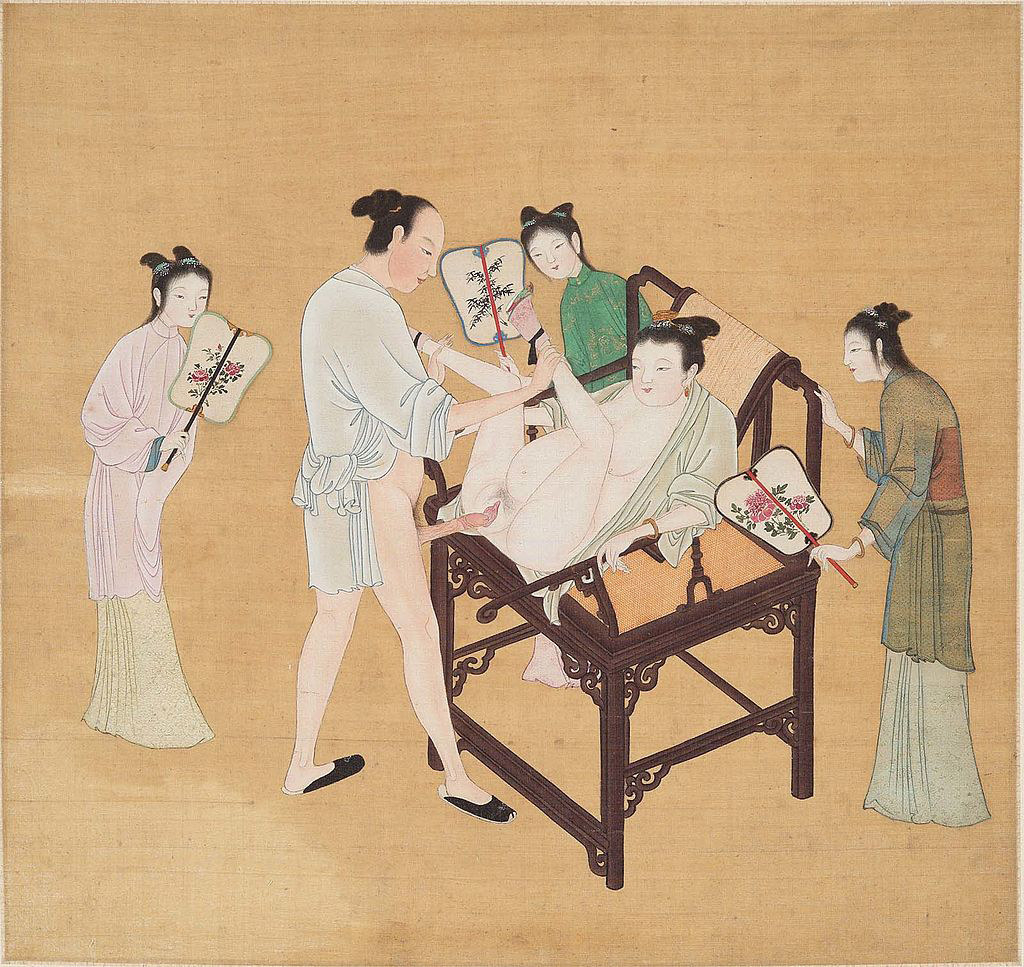The practice of Chinese foot binding lasted for about 1,000 years. It is thought to originate during the Southern Tang dynasty (960-1279 AD).
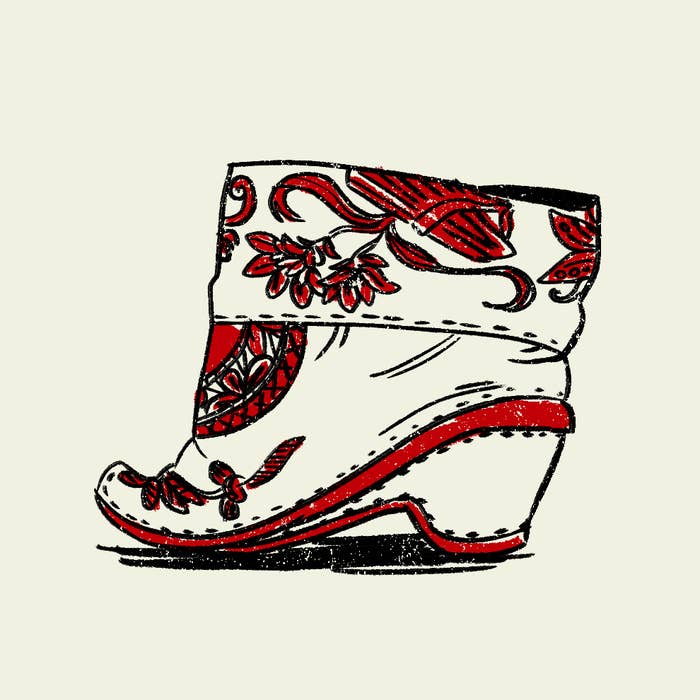
Emperor Li Yu was infatuated with one of his dancing concubines, Yao Niang, who bound her feet.
The practice spread to the other concubines, through the emperor's court, to the Chinese nobility, and then eventually to the lower classes. It would become a woman's way to marry into wealth, because bound feet were so highly desired.
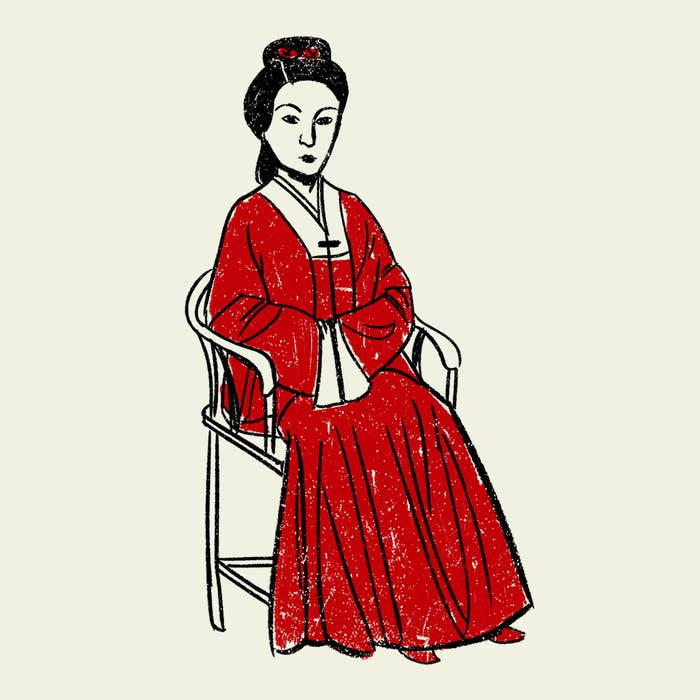
Bound feet were called "lotus feet." The optimal bound foot was called the "golden lotus" or jinlian, and was 3-4 inches long.
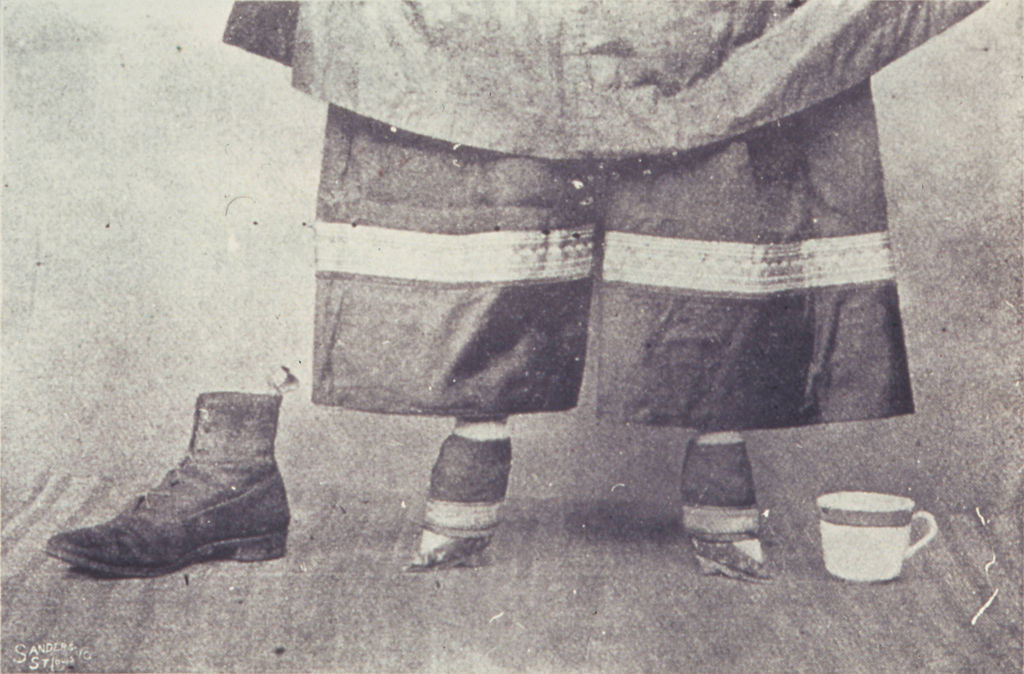
A girl's feet were bound between the ages of 4 and 9.
Her toe and foot bones were broken and forced inward, and her feet were bound with bandages.
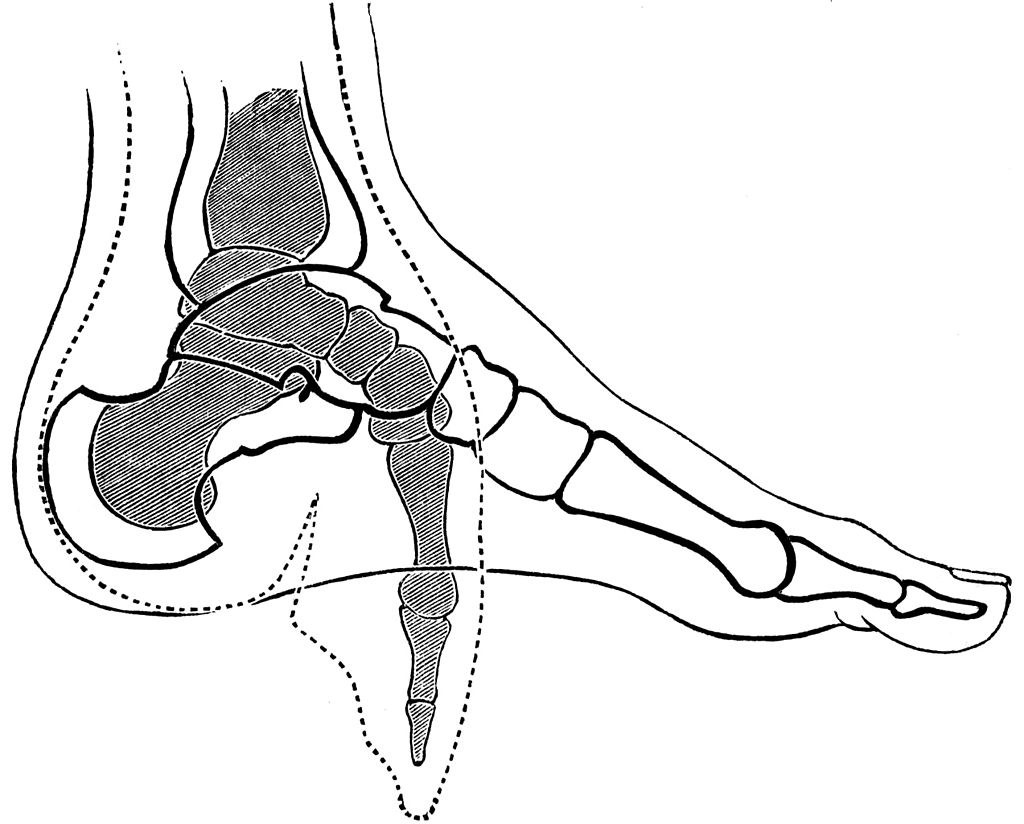
As her feet grew, they would be broken and bound again to keep them tiny.
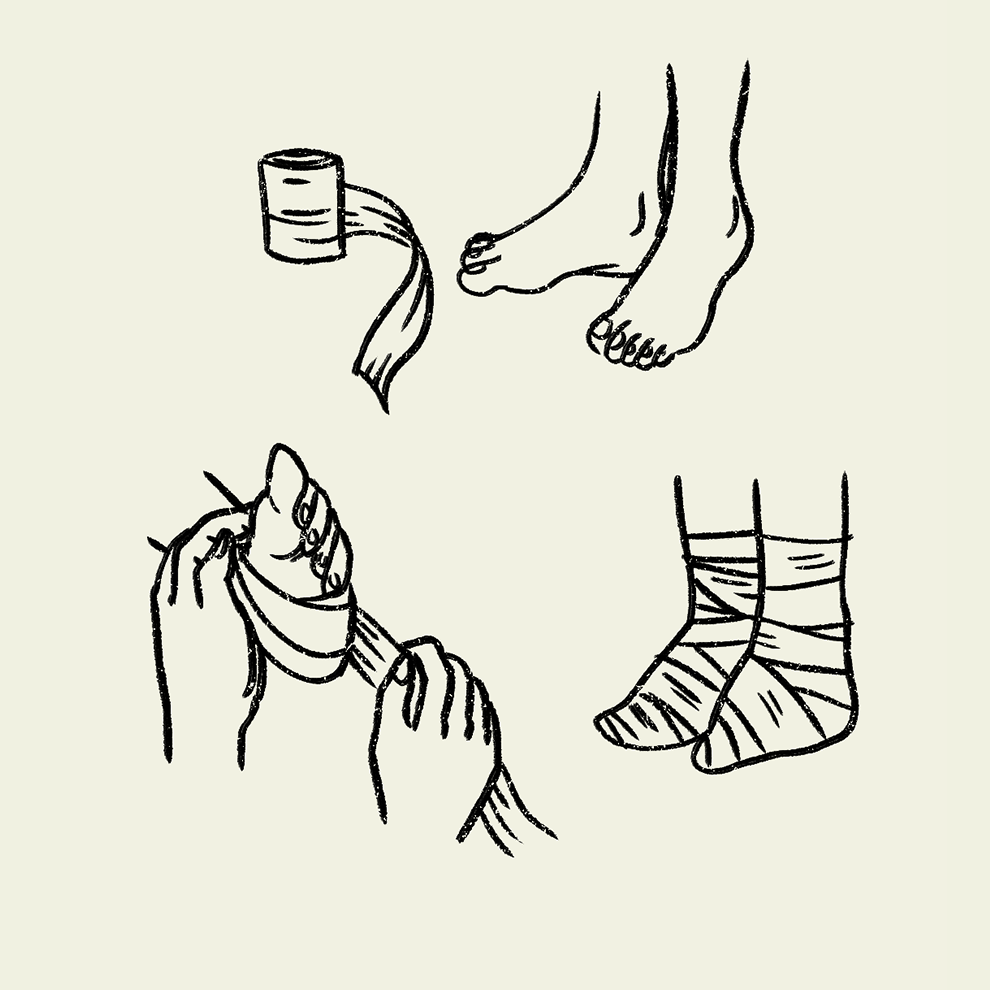
Women with lotus feet couldn't stray far from home, forcing them to perform household tasks for long periods at a time.
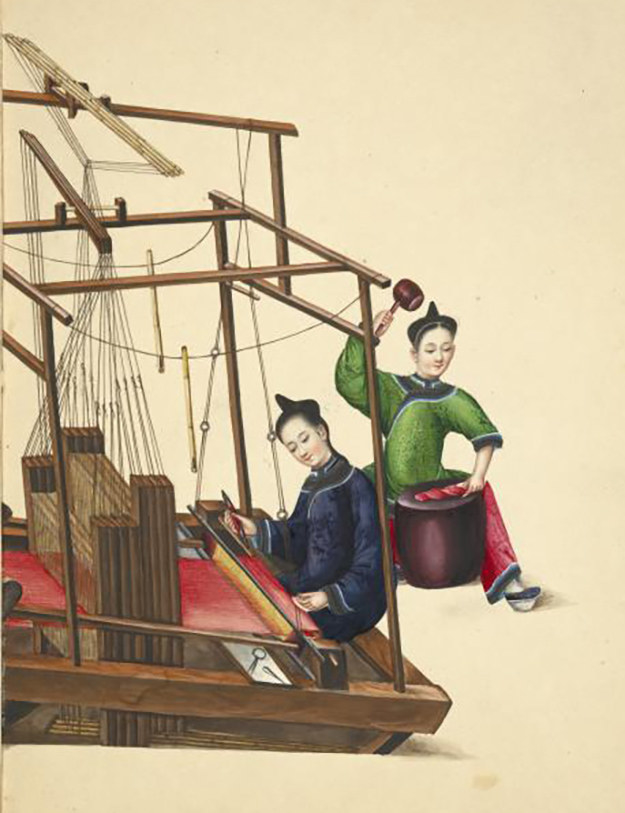
Lotus feet weren't easy to wash, promoting bacteria and odor.

Infection festered when toenails grew into the foot, and gangrene developed if the foot lost circulation. This could cause toe loss, which was actually desirable, because the foot would then be smaller. Sometimes, shards of glass would be inserted between the bindings and the foot to encourage this.

But if an infection spread to the woman's bloodstream, she could die of septic shock.

Bans against foot binding were attempted in China in 1645 and 1662, but they were not successful. Chinese intellectuals like Yuan Mei, an 18th century poet, spoke against the practice.

Christian missionaries in the 1800s also worked to end the practice, but by then, it had had gained widespread popularity.
In the early 20th century, lotus feet were starting to become unfashionable, and some women unbound their feet.
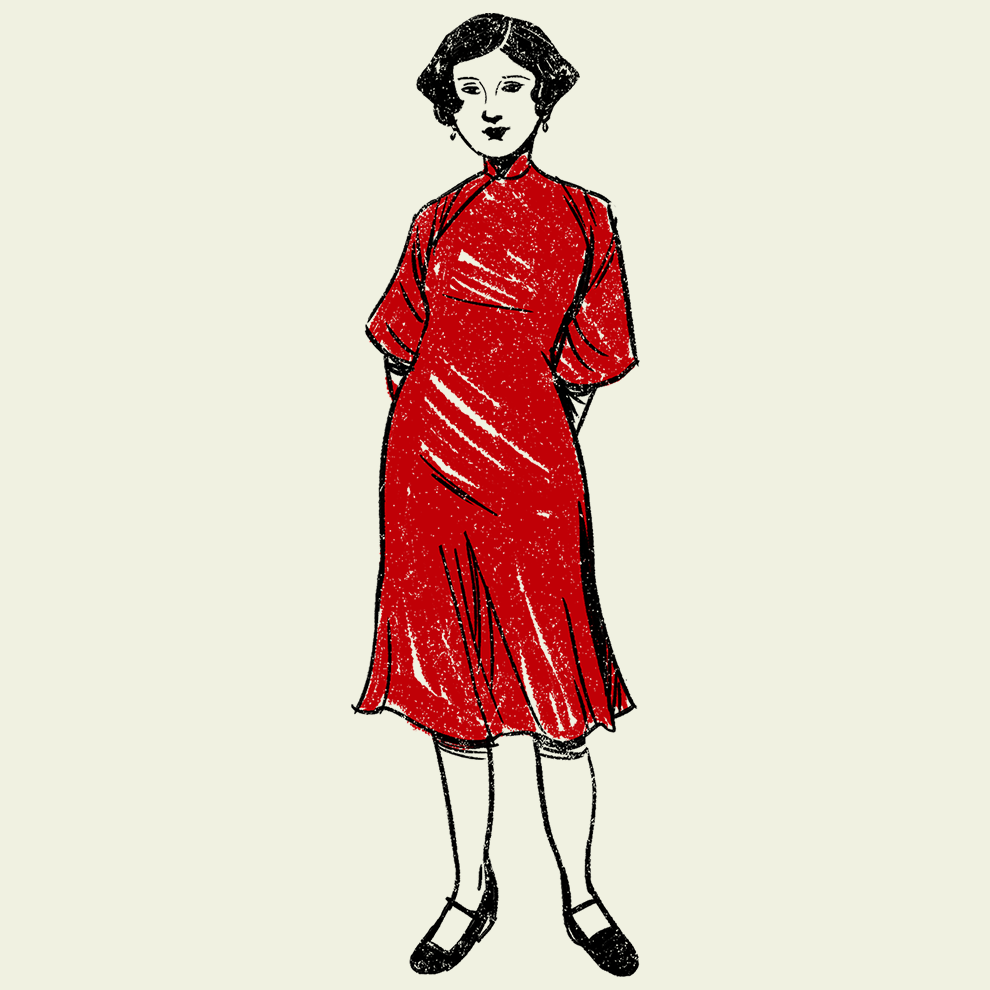
Others were forcibly unbound. Still others were left by their husbands because they no longer found their wives' lotus feet attractive.
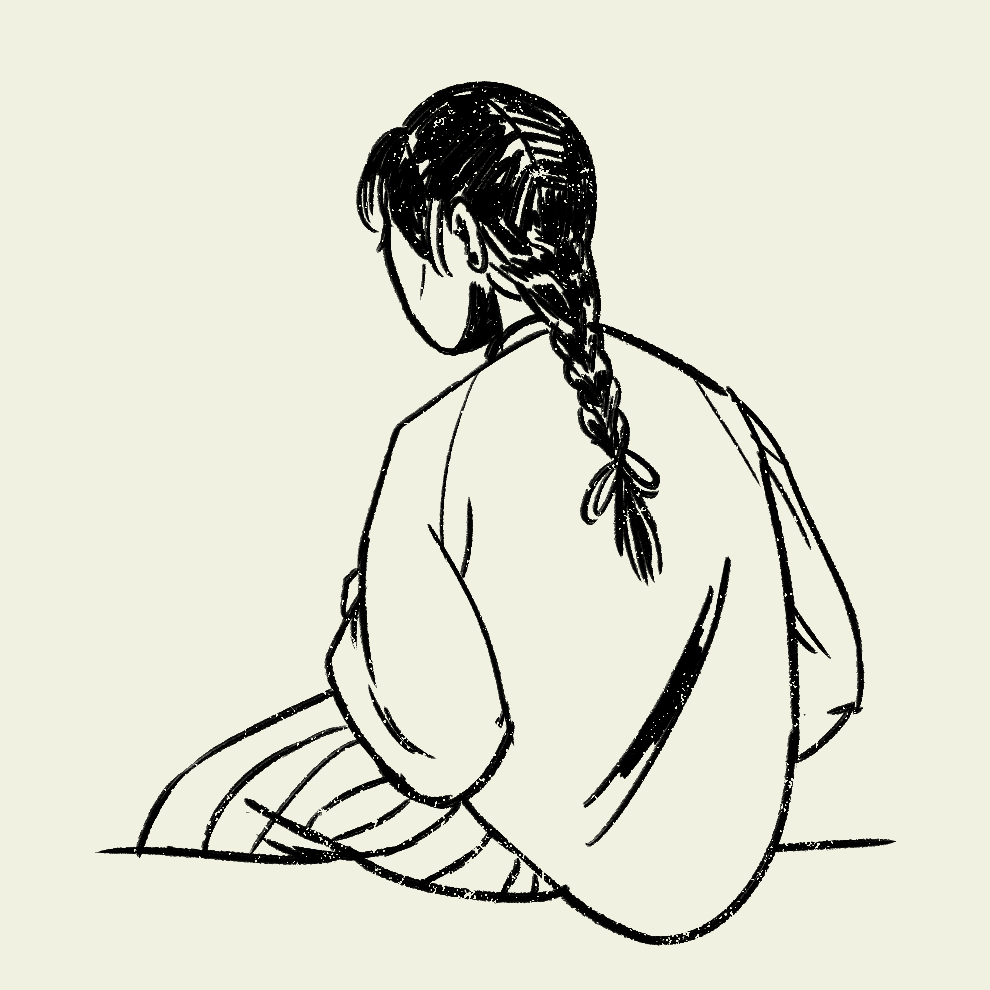
In 1912, foot binding was banned by the new Chinese government that had been established that year, though some women secretly continued the practice.

Another ban was enacted in 1949 when Mao Zedong took power of China, all but eradicating the tradition.

Today, the only Chinese women with lotus feet are elderly, and though many are proud of them, the limited mobility is disabling.
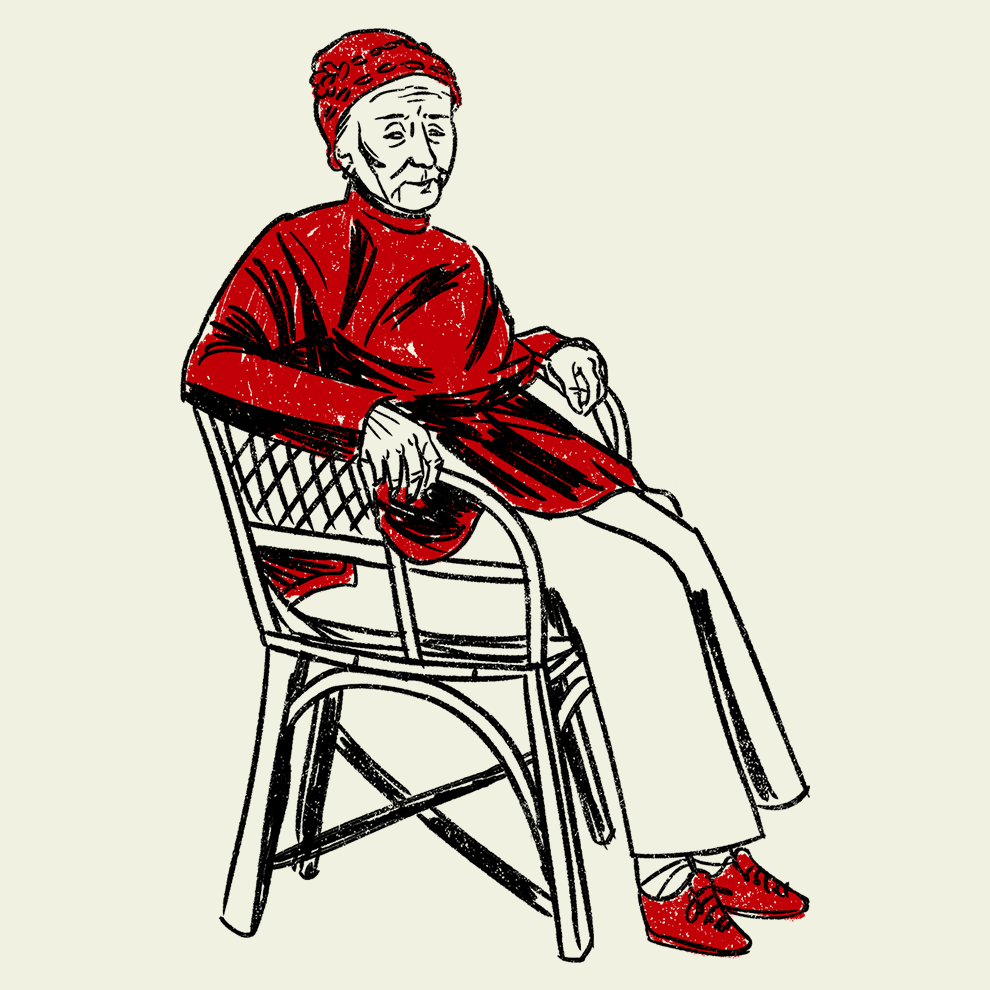
Foot binding is a haunting example of the subjugation, objectification, and bodily harm many young girls and women have experienced to achieve a standard of beauty.
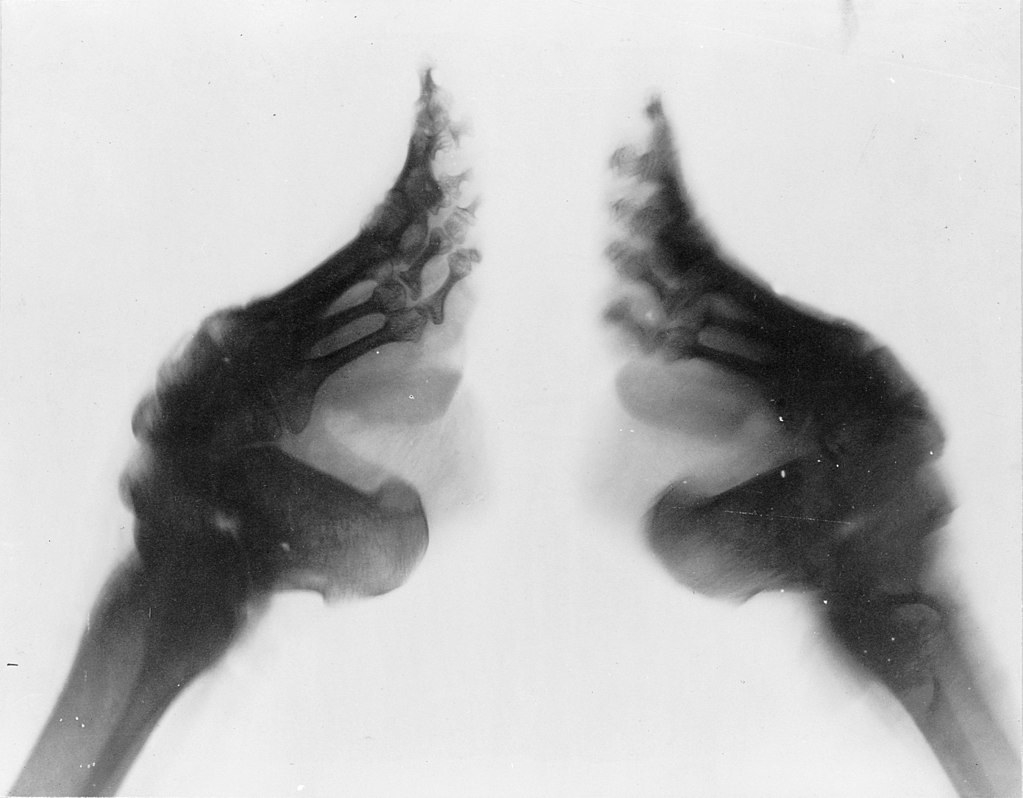
Sources: Troy Oakes / Vision Times, Louisa Lim / NPR, Matt Schiavenza / The Atlantic, Amanda Foreman / Smithsonian, Mark Cartwright / Ancient History Encyclopedia, South China Morning Post, Wyatt Redd / ATI, Yang Chen / Taylor & Francis Online, Katie Hunt / CNN, S.R. Cummings, X. Ling, and K. Stone / NCBI, Li Xiu-ying / University of Virginia, Vivian, Chenda & GX / Hello World CIV, jeannedepomadour.blogspot.com, fouryearsofshades.tumblr.com

